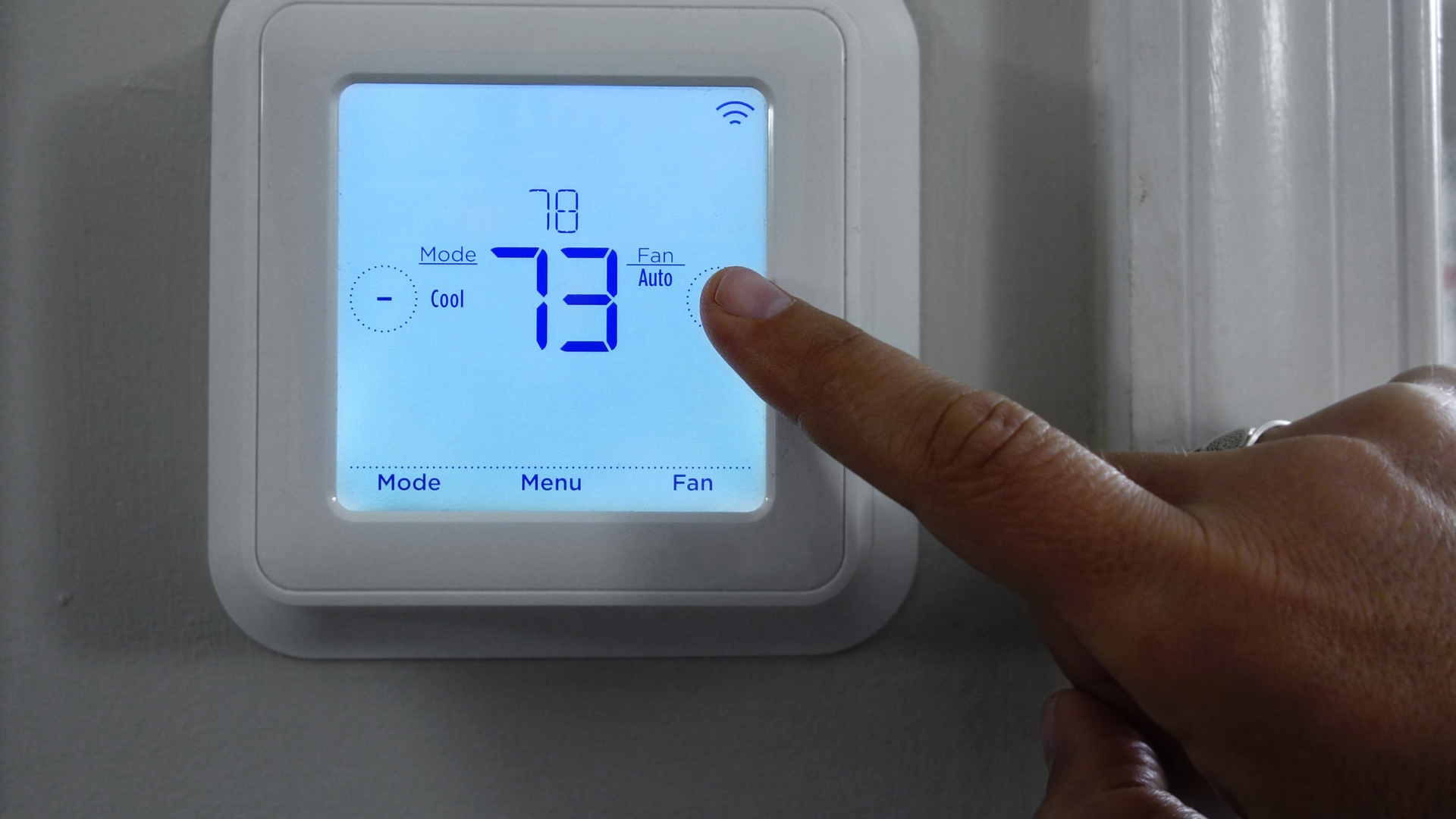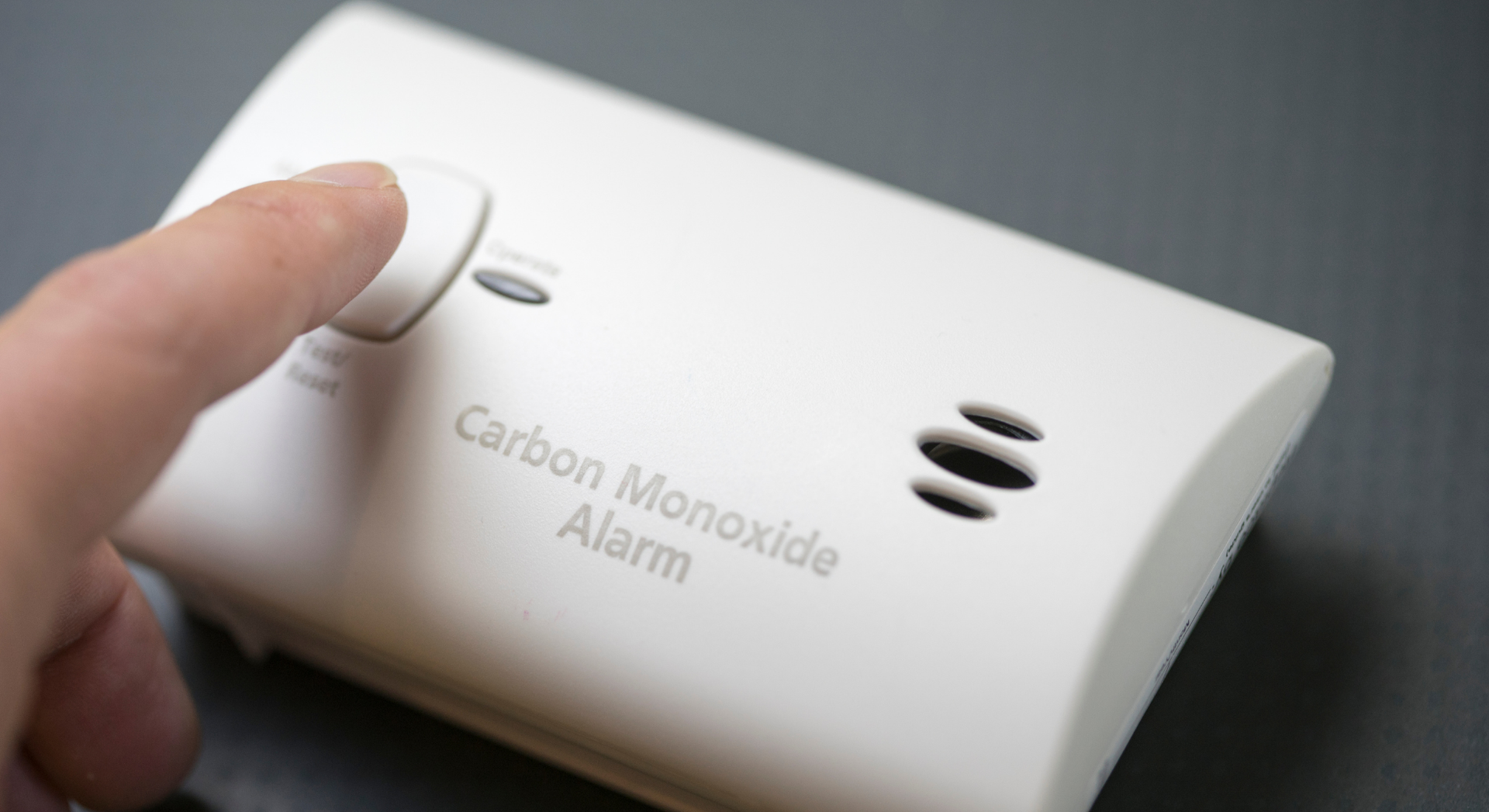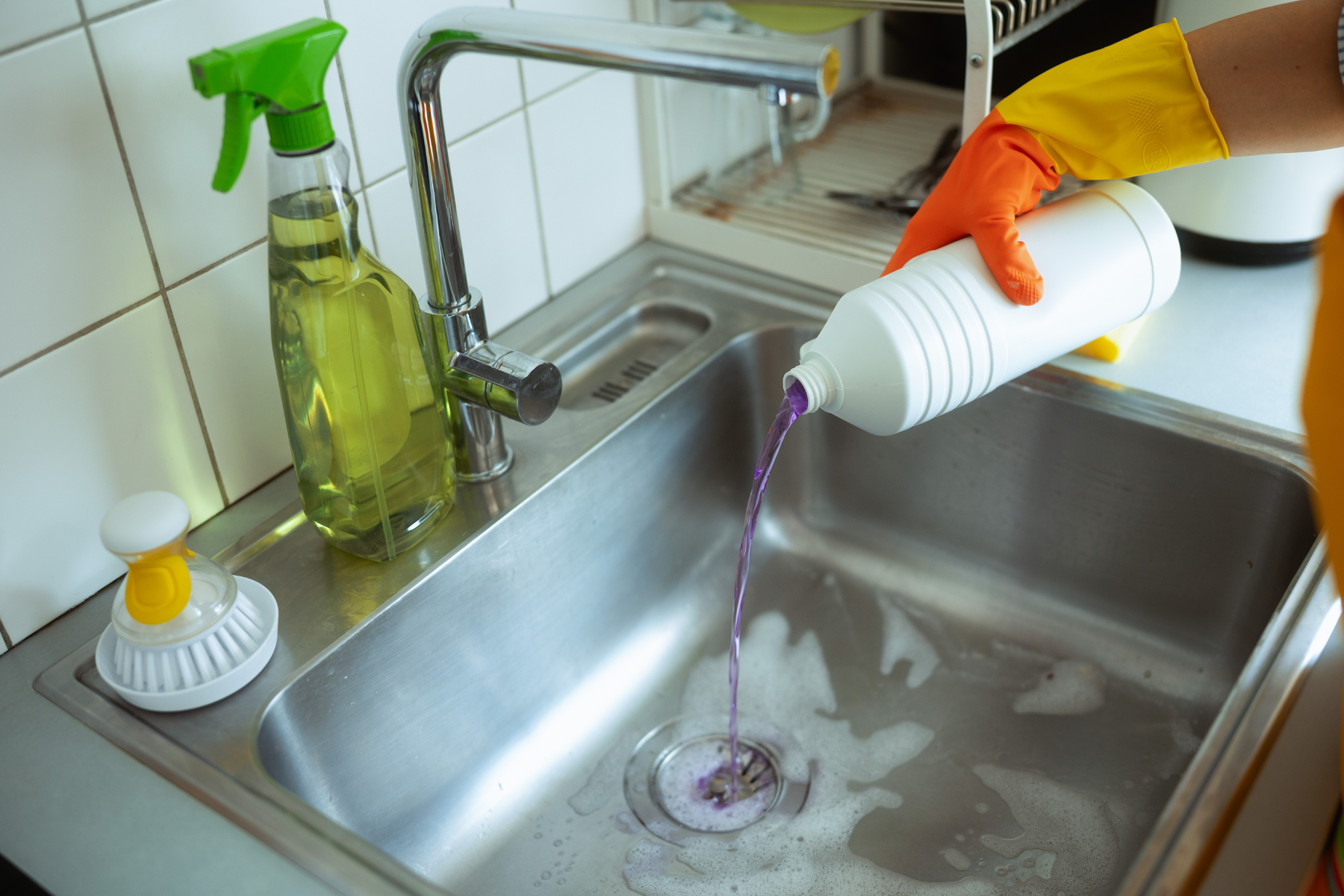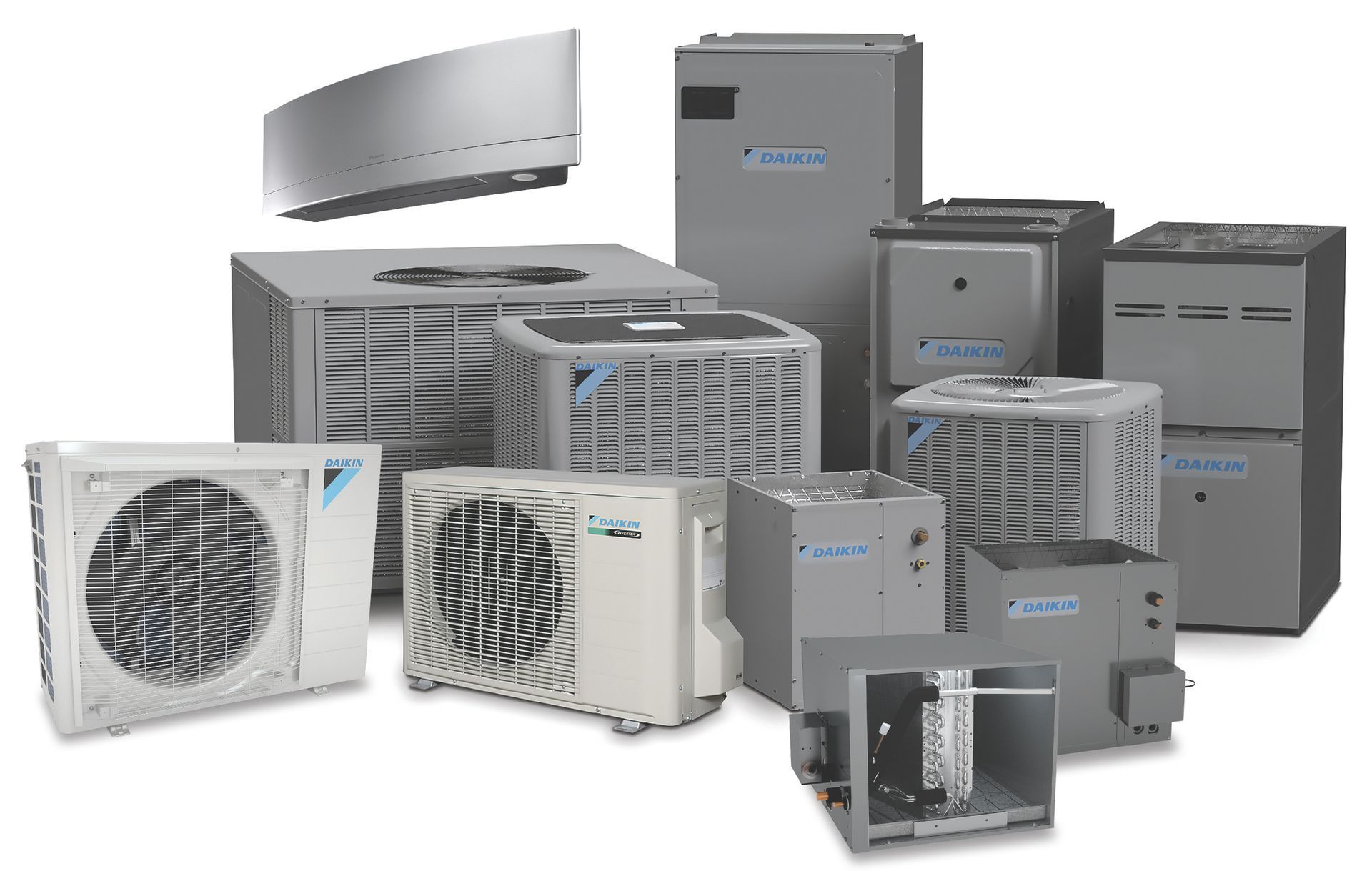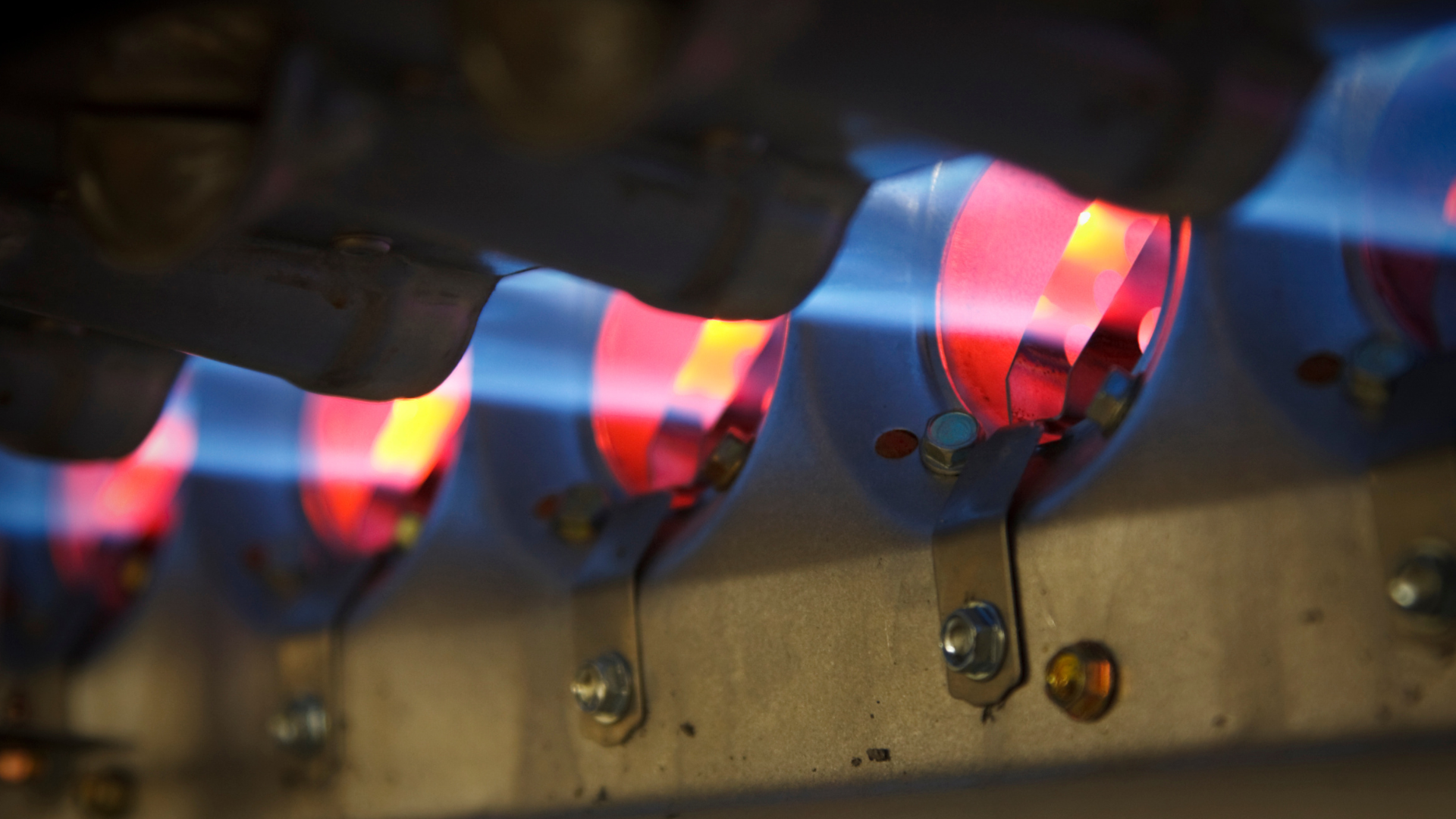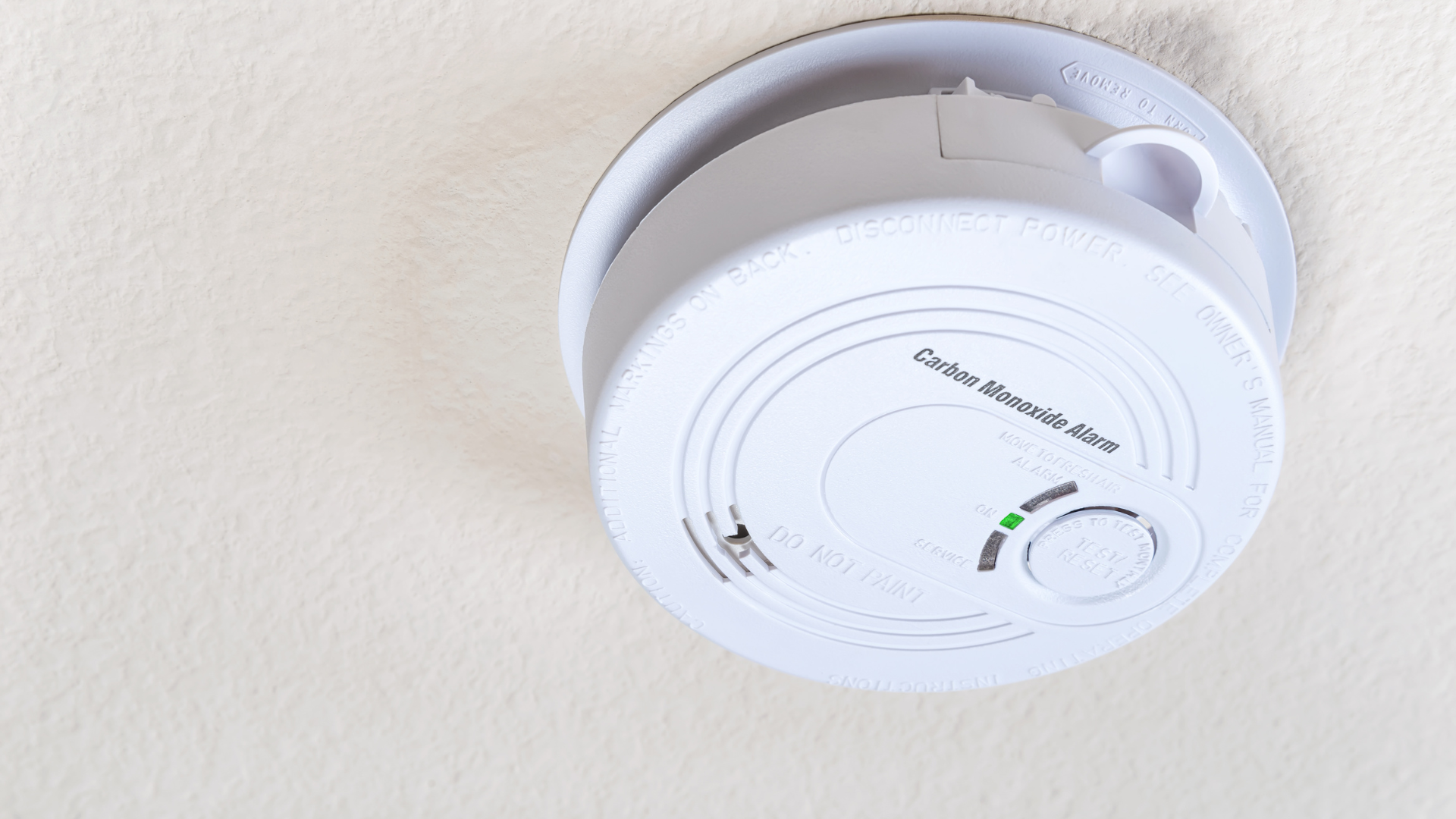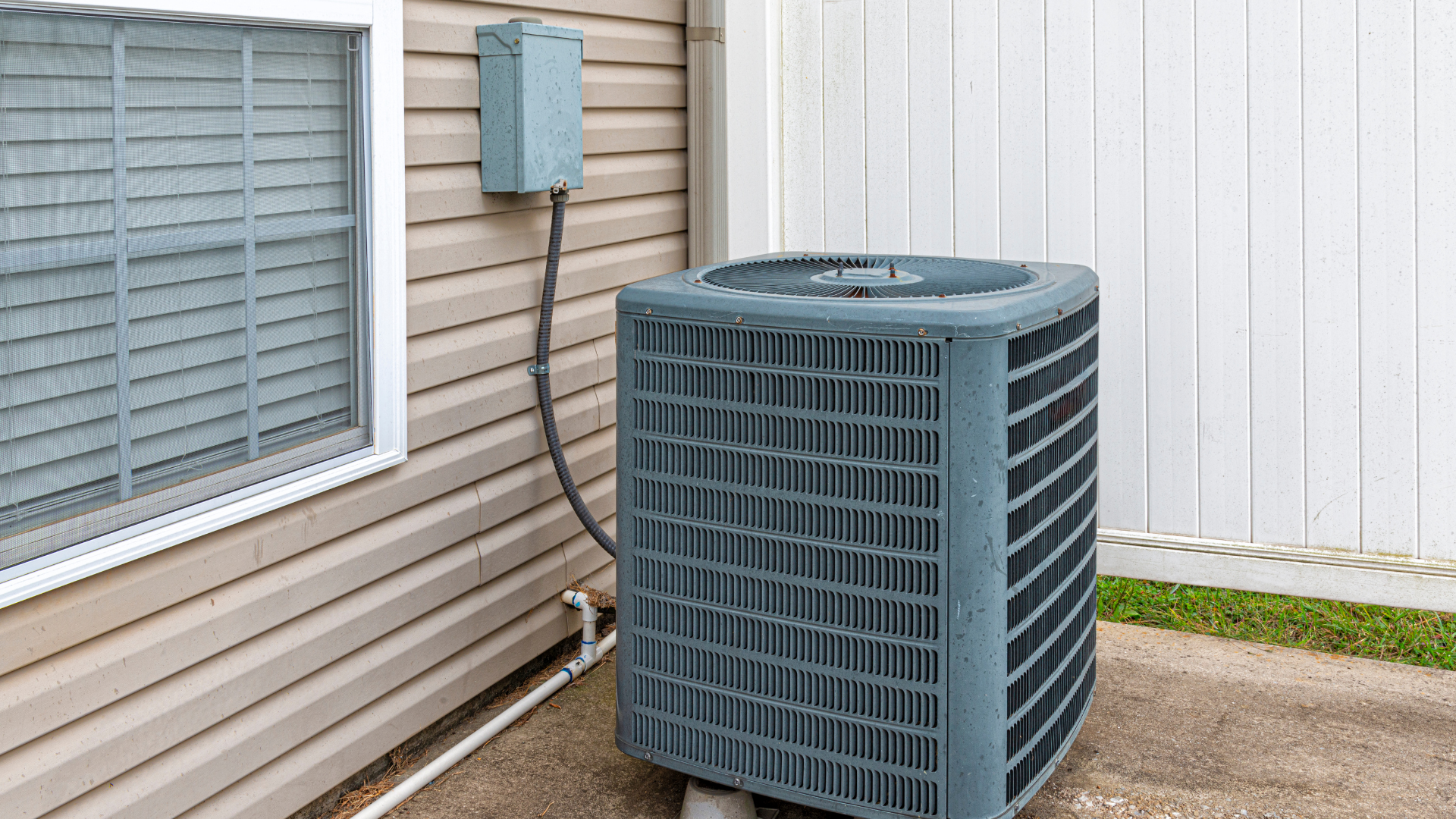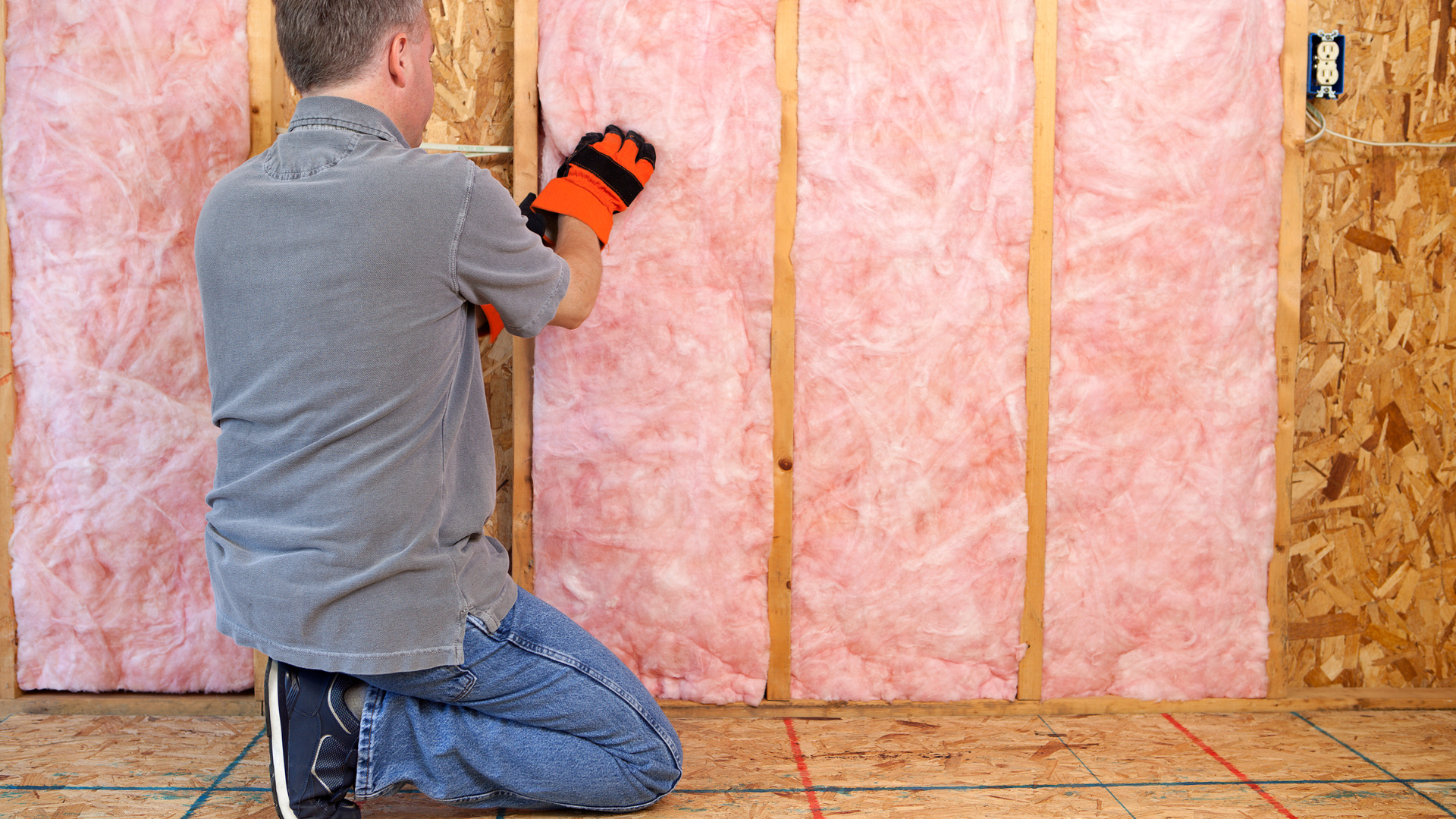Atmospheric vs. Power-Vented Gas Water Heaters
Atmospheric vs. Power-Vented Gas Water Heaters: Which is Right for Your Home?
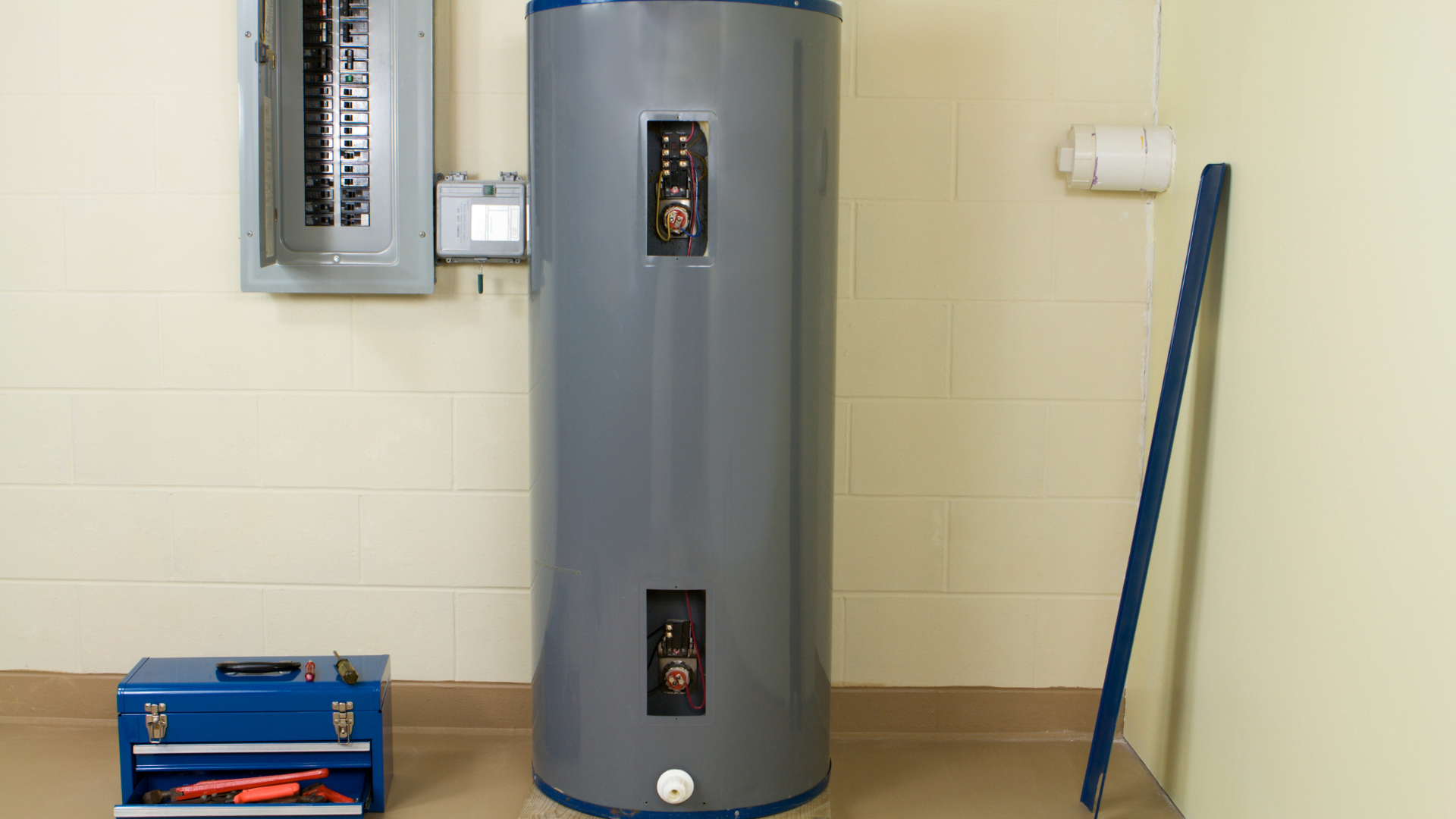
When it's time to replace your gas water heater, you'll encounter a choice between two common venting styles: atmospheric and power vented. Understanding the differences is key to choosing the right one for your home, as they vary in installation flexibility, efficiency, and cost.
Atmospheric Gas Water Heaters
Atmospheric water heaters are the traditional choice and the most common type. They operate on the principle of natural draft, where hot exhaust gases naturally rise up through a vertical metal flue, much like a chimney. They draw combustion air from the room they are in.
- Pros:
- Lower Initial Cost: Atmospheric models are typically the least expensive option, both for the unit itself and for the installation, as they don't require an electric fan or complex venting.
- Operate During Power Outages: Since they don't rely on a fan or other electronics, these heaters can continue to function and provide hot water even when the electricity is out.
- Quiet Operation: They are much quieter than power-vented models because there is no fan motor running.
- Cons:
- Limited Installation Flexibility: They require a vertical vent or chimney and must be located in an area with a sufficient supply of fresh air for combustion.
- Safety Concerns: There is a risk of backdrafting, where exhaust gases (including carbon monoxide) can be pulled back into the home if a negative air pressure is created by other appliances like a clothes dryer or kitchen fan.
- Less Energy Efficient: The continuous "stack effect" in the flue can draw conditioned indoor air out of the house, even when the heater is not running, which can lower your home's overall energy efficiency.
Power-Vented Gas Water Heaters
Power-vented water heaters use an electric fan or blower to push exhaust gases horizontally or vertically out of the home. This fan-assisted venting allows for more flexible installation. They typically draw combustion air from the room, but some "power direct-vent" models draw air from outside.
- Pros:
- Installation Flexibility: The fan allows the heater to be installed almost anywhere, as the vent can be routed horizontally through a wall. This makes them ideal for homes without a chimney or in locations far from a vertical flue.
- Improved Safety: The forced draft prevents backdrafting, significantly reducing the risk of carbon monoxide leaks. If the fan malfunctions, the unit will not ignite.
- Higher Efficiency: These units are generally more energy efficient as they do not have the same constant heat loss through the vent as atmospheric models.
- Cons:
- Higher Initial Cost: Power-vented units can cost significantly more upfront, with some sources citing a price increase of 75% or more over atmospheric models. Installation costs are also higher due to the need for an electrical outlet for the blower and the use of specialized PVC piping.
- Noisier: The fan motor makes a noticeable sound when the unit is running.
- Requires Electricity: The heater will not function during a power outage, as the fan is necessary to vent the exhaust.
- Potential for Fan Motor Failure: The fan motor is an electronic component that can fail over time, potentially requiring costly repairs or even a full unit replacement.
Price Variance: What to Expect
While prices vary widely by brand, model, and installation complexity, a power-vented water heater unit itself will be more expensive than an equivalent atmospheric model. A power-vented unit may be hundreds of dollars more, and the total installation cost can be significantly higher due to the need for an electrical outlet and more specialized venting materials. However, some of these costs can be offset by a power-vented heater's improved energy efficiency over its lifespan.
Click Another Article to Read More


